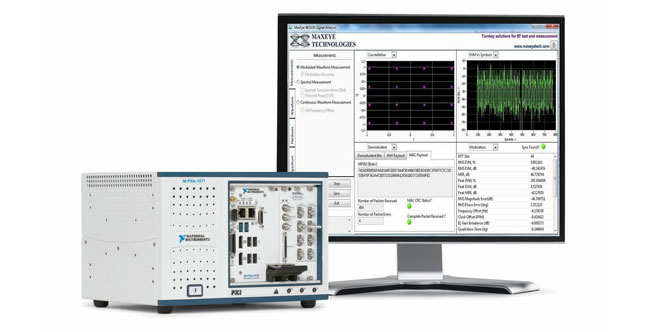

Instead, IEEE 802.15.4 provides for very low cost communication of nearby devices with little to no underlying infrastructure. IEEE 802.15.4 does not aim to compete with the more commonly used end user-oriented systems such as IEEE 802.11 where costs are not as critical and higher speeds are demanded and power may not be quite as critical. The chief requirements are low-cost, low-speed ubiquitous communication between devices.

The IEEE 802.15.4 standard is aimed at providing the essential lower network layers for a wireless personal area network, WPAN. Low power is one of the key elements of 802.15.4 as it is used in many areas where remote sensors need to operate on battery power, possibly for years without attention.
IEEE 802.15.4G MAC
IEEE 802.15.4 provides provides the MAC and PHY layers, leaving the upper layers to be developed for specific higher later standards like Thread, Zigbee, 6LoWPAN and many others.Īs a result, IEEE 802.15.4 does not take the limelight in the way that other standards might, but nevertheless it forms the basis for a large number of standards and accordingly it ifs far more widely deployed than may be apparent at first sight. IEEE 802.15.4 is a standard that was developed to provide a framework and the lower layers in the OSI model for low cost, low power wireless connectivity networks. While initial samples and evaluation kits for the AT86RF215 are available now to lead customers, mass sampling is planned for Q1 2015 and volume production for Q3 2015.IEEE 802.15.4 Standard: a tutorial / primer IEEE 802.15.4 is the standard which is the basis for many low power wireless connectivity solutions including Zigbee, 6LoWPAN, Thread and many more. We are continuing to deliver new platform solutions for the smart energy market, including powerline carrier connectivity and industry’s most comprehensive portfolio of metering system-on-chip solutions.” “Expanding our portfolio of smart metering solutions to include new wireless transceivers reinforces our commitment to serve this growing market. “We are excited to see the widespread adoption of standards-based connectivity solutions for the utility industry worldwide,” said Kourosh Boutorabi, Atmel Senior Director of Smart Energy Products.

IEEE 802.15.4G PRO
This entails the physical layer used for ZigBee PRO and ZigBee IP. The AT86RF215 offers superior flexibility by supporting a variety of data rates with three modulation schemes: multi-rate and multi-regional frequency shift keying (MR-FSK), orthogonal frequency division multiplexing (MR-OFDM), as well as offset quadrature phase-shift keying (MR-O-QPSK). With receiver sensitivities down to -123dBm, an outstanding link budget of 137dB can be achieved. All three deliver an output power of up to 14dBm. Additionally, AT86RF215M is asingle band sub-1GHz transceiver, while the AT86RF215IQ is a dual-band I/Q radio. The first sampling device, AT86RF215, is the industry’s first dual-band sub-1GHz / 2.4GHz transceiver compliant to IEEE 802.15.4g-2012 and ETSI TS 102 887-1.
IEEE 802.15.4G FULL
With European Utility Week 2014 in full swing, Atmel has unveiled a new family of wireless transceivers including the AT86RF215, AT86RF215M, and AT86RF215IQ. Expanding upon the Atmel | SMART metering portfolio, the new solutions address the industry’s low-cost, multi-protocol connectivity requirements for smart metering, smart lighting, home energy gateways and other industrial and automation equipment.


 0 kommentar(er)
0 kommentar(er)
